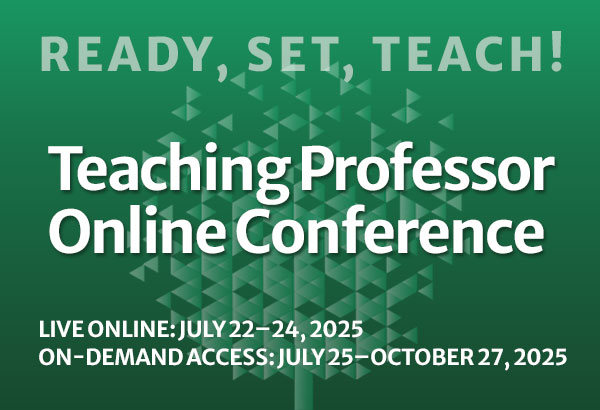
Why Demand Originality from Students in Online Discussion Forums?
As an online instructor, I require my students to engage in weekly discussion forums. In the online college environment, discussion forums are designed to simulate a professor and his or her students engaged in a traditional classroom discussion. Students respond to a question and then reply to the responses of their classmates. The point is to keep the discussion moving, keep students engaged in the topic for the week, and facilitate learning.





